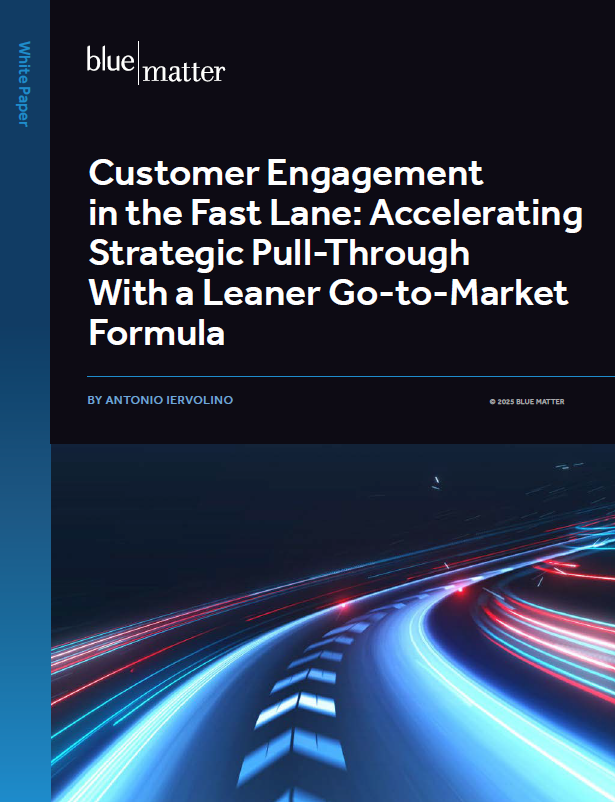
Budget constraints and rising healthcare costs—and their impact on biopharma market access throughout Europe—are a perennial issue. Ten or even twenty years ago, industry analysts would have sounded very much like those of today, warning us that payers must be increasingly stringent, causing greater challenges for biopharma manufacturers. Even though the core theme sounds the same, the key factors that drive it shift substantially and evolve over time. As a result, the implications for pharmaceutical and biotech companies also change, as well as the strategic pathways they need to explore to survive and succeed.
Today, the biopharma industry is at the confluence of several important milestones that will reshape access strategies, affect ways of working within biopharma companies, and shift methods of interacting with external stakeholders for several years to come. Upcoming changes in both the EU’s industrial pharma policy and the health technology assessment (HTA) landscape at the international and national levels will have profound impacts on new pharmaceuticals in terms of incentives, evaluation, access, and pricing.
Underpinning many of these changes are the increasing constraints on government healthcare budgets. There are a range of drivers behind all of this. Some are related to long-standing trends, such as stagnating economic productivity, slow growth, and aging populations. Innovative but costly new healthcare technologies, such as cell and gene therapies, also contribute to the situation. Continued progress in oncology treatment, as well as breakthrough therapies in obesity and dementia, also affect a sizeable proportion of developed market populations, placing even more pressure on costs.
These trends come on top of the deficits created by COVID pandemic spending, increased welfare demands, and the greater weight being placed on national defence budgets, amongst other investment pressures. As of 2024, budget deficits as a proportion of GDP continue to surpass 4% in several major European markets (UK, France, Italy) and over 6% in the US. For all the warm words and the importance of the pharma industry demonstrated during the pandemic years, healthcare (and especially drug spend) will not escape the search for cost savings. Below, let’s tee up a few trends and drivers that we’ll explore throughout the rest of this series.
Key Policy Changes Affecting the Industry
Impacts on Orphan Drugs
The new EU Pharmaceutical legislation progressing through the European parliament sees a renewed focus on industrial incentives and the intellectual property (IP) framework for new medicines, including how the benefits of orphan drugs specifically should be recognised. Proposals indicate the desire to promote investment and focus reward (i.e. market exclusivity) for the products that offer incremental clinical benefit and address “high unmet needs.” A lot rides on how these will be defined.
At the same time, fairly or not, national payers have long expressed frustration around increasing orphan drug prices: the proportion of European drug expenditure on orphan drugs has increased at a 16% CAGR over recent decades.
A component of this is the favourable context for orphan products in drug evaluation processes and pricing negotiations. However, this class of products represents a wide spectrum of innovation. Many orphan drug manufacturers have deservedly benefitted commercially from the risks they took to develop and launch effective, first in class drugs for underserved rare diseases. However, other sectors of the pharma industry have targeted orphan drug incentives to repurpose old molecules or have benefitted by “salami-slicing” indications to qualify as orphan drugs under the prevalence cut-off criteria. Up to 20% of orphan drugs launched between 1990 and 2022 were subsequently approved in additional, common indications, which often drove a substantial proportion of their overall revenues.
It will be critical that the new legislation is tailored to successfully tip the balance towards true innovation and risk taking in orphan drug development without undermining manufacturers confidence to invest.
HTA Harmonisation
Alongside legislative and industrial policy factors, discussions around how to harmonise HTA for new drugs to accelerate and iron-out access inequities across Europe have matured into concrete policies. In parallel, HTA methodologies continue to evolve across Europe to address the use of real-world evidence (RWE) to inform drug evaluation and reimbursement at launch and beyond. However, progress in RWE adoption has been slow and uneven, and often only catalysed by the unique challenges of high-cost therapies and ATMPs.
The new EU Joint Clinical Assessment (JCA) will apply to oncology and ATMP drugs approved from January 2025 (orphan drugs will be included from January 2028). It will likely have significant, but as of now, uncertain implications for the level of resources companies will need to commit pre-launch to successfully navigate this new pan-national process. Companies will need to give considerable thought to the necessary in-house market access capabilities, enhanced external support, and cross-functional coordination that they’ll need to identify and generate the required supplementary evidence.
There is hope for more streamlined access, especially in smaller markets where HTA processes are currently under-developed (and delays in reimbursement common). But this is counter-balanced by the risk that in the bigger EU markets, the new JCA evaluation will simply be an additional requirement placed on manufacturers on top of national level processes, rather than a replacement.
There is also the risk that national payers will use the JCA outputs asymmetrically. This would involve readily leveraging any negative findings in price negotiations, whilst contesting and requesting further evidence to substantiate or contextualise positive assessments, either of which would create the potential for delayed rather than streamlined reimbursement decisions and patient access.
Thoughts on Implications
Against budgetary headwinds and the need to more with less, some of the changes set out above can be viewed positively. There is cause for optimism that we can realise more efficient ways of bringing products to market that genuinely meet significant population healthcare needs. Other policy changes will see winners and losers as the incentives become more differentiated across the industry and the bar to benefit from them is raised.
In any case, the devil will be in the details for policy changes at all levels. Biopharma companies must engage to shape new processes and legislation to ensure that cost-cutting motivations don’t undermine their potentially positive aspects. Equally important is that implementation doesn’t lead to unintended consequences, resulting in worse access to patients and an industry that struggles to sustain future investment in healthcare advances.
It’s best to approach these issues from both the payer and the industry angles, recognising the partnership that is needed for these policy developments to be sustainable and achieve their goals. Our work underscores the necessity of a joined-up approach, driven by access, but spanning all relevant functions shaping product and portfolio strategy and evidence generation.
A key takeaway for senior management across all these factors is that companies must ensure that:
- Market access and planning teams and processes are proactive and agile
- They adequately challenge product investment opportunities early in the pipeline – recognizing new incentives and hurdles in the environment – to set solid foundations for the future pricing and access strategy.
The new environment has potential to reward those who can recognize, understand, and adapt to new external requirements and shifting market conditions. Equally, pharma companies that inadequately prepare—and who don’t build the right planning and functional capabilities in advance of launch—now face an even greater potential for lasting damage. Achieving commercial ambitions and meeting investor expectations will hinge on being in the former category and not the latter.
What’s Next
In upcoming articles, we’ll address each of these trends and drivers in more detail. Up next will be a deep dive into the field of orphan drugs for rare diseases, where high innovation, high cost, and high complexity are the norm. Those types of therapies will acutely feel the impact of many of the legislative and policy changes that we’ve mentioned.
Later, we will use a pricing and access lens to explore the impact of a range of factors. These will include the proposed revisions to the EU Pharmaceutical Legislation, the Joint Clinical Assessment to be implemented from January 2025, as well as national-level initiatives in key European markets that will reshape the commercial rewards and requirements for success for innovative therapies launching in 2025 and beyond.






